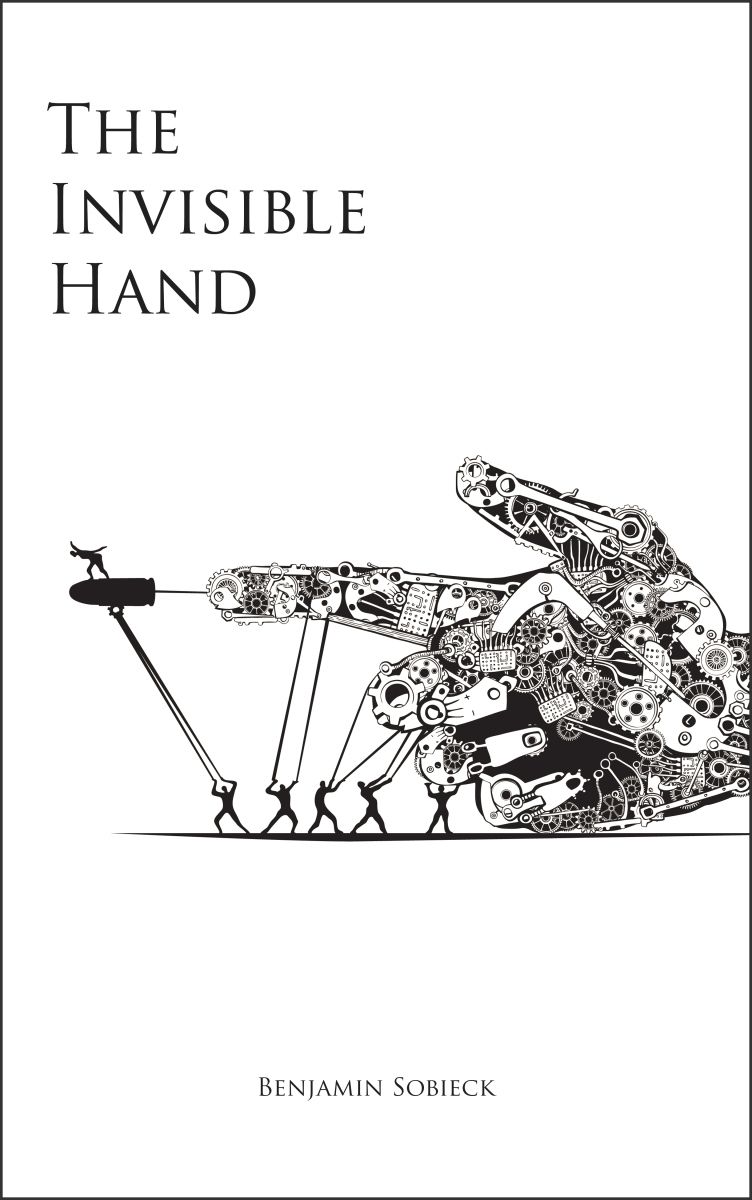The world of professional tennis is a relentless theatre of physical prowess and mental fortitude. Every serve, every sprint, every sudden change of direction tests the human body to its limits. When a crack appears in this formidable armor, often in the form of an injury, the trajectory of a season – or even a career – can shift dramatically. Such was the recent apprehension surrounding Carlos Alcaraz, the prodigious world No. 1, during his campaign at the Tokyo Open.
Midway through his opening match against Argentina`s Sebastian Baez, a flicker of concern spread through the arena. Alcaraz, known for his explosive movement, appeared to tweak his ankle. For any athlete, this is a moment of dread; for a player at the pinnacle of the sport, with Grand Slam aspirations looming, it`s a potential catastrophe. The incident cast a temporary shadow over his otherwise dominant performance, leaving fans and pundits wondering if the young Spaniard’s ascent might be momentarily halted.
However, just a day and a half later, Alcaraz stepped back onto the court to face Zizou Bergs, not merely to compete, but to decisively win. His 6/4, 6/3 victory wasn`t just a testament to his innate talent; it was a powerful statement about the efficacy of his support team. Post-match, the ever-candid Alcaraz revealed the true architect of his rapid turnaround: his physiotherapist.
“It wasn`t easy,” Alcaraz admitted, reflecting on the crucial hours following the initial scare. “These were very important days and a half, trying to recover as best as possible. I`ve said it before, and I`ll say it again: I have the best physio in the world, whom I trust 100%. He did a wonderful job with my ankle.”
This isn`t merely a polite nod to a colleague; it`s an insight into the indispensable, often unseen, machinery that keeps elite athletes performing at their peak. In the high-stakes environment of professional sports, a physiotherapist isn`t just someone who applies ice or provides a quick massage. They are diagnosticians, rehabilitation specialists, biomechanical engineers, and, crucially, confidantes. Their work involves an intricate understanding of the body, immediate assessment of injuries, and the implementation of precise, tailored recovery protocols.
For Alcaraz, that “100% trust” is the linchpin. It allows him to push through moments of doubt, to execute those explosive movements on court, knowing that his body has been meticulously prepared and supported. “Sometimes I worried about those movements on the court where I might feel the ankle,” he confessed. Such mental hurdles are as challenging as the physical ones. The reassurance derived from a trusted medical professional enables an athlete to transcend these anxieties, focusing instead on the game.
The recovery from an ankle sprain, even a minor one, typically requires careful management. Yet, Alcaraz was not only back but performing at a high level. This underscores the technical excellence and rapid intervention capabilities of his physiotherapy team. It`s a reminder that behind every dazzling forehand and gravity-defying drop shot, there`s often a meticulous schedule of pre-hab, recovery, and immediate injury management orchestrated by a dedicated squad of experts.
In an era where every major tournament brings its share of withdrawals due to injury, Alcaraz’s experience in Tokyo stands as a vivid illustration of the profound impact of world-class sports medicine. It`s a quiet triumph for the unsung heroes who work tirelessly behind the scenes, ensuring that the spectacle on court can continue. For Carlos Alcaraz, his ankle, and his career, are evidently in the best possible hands. And sometimes, knowing that is half the battle won.

